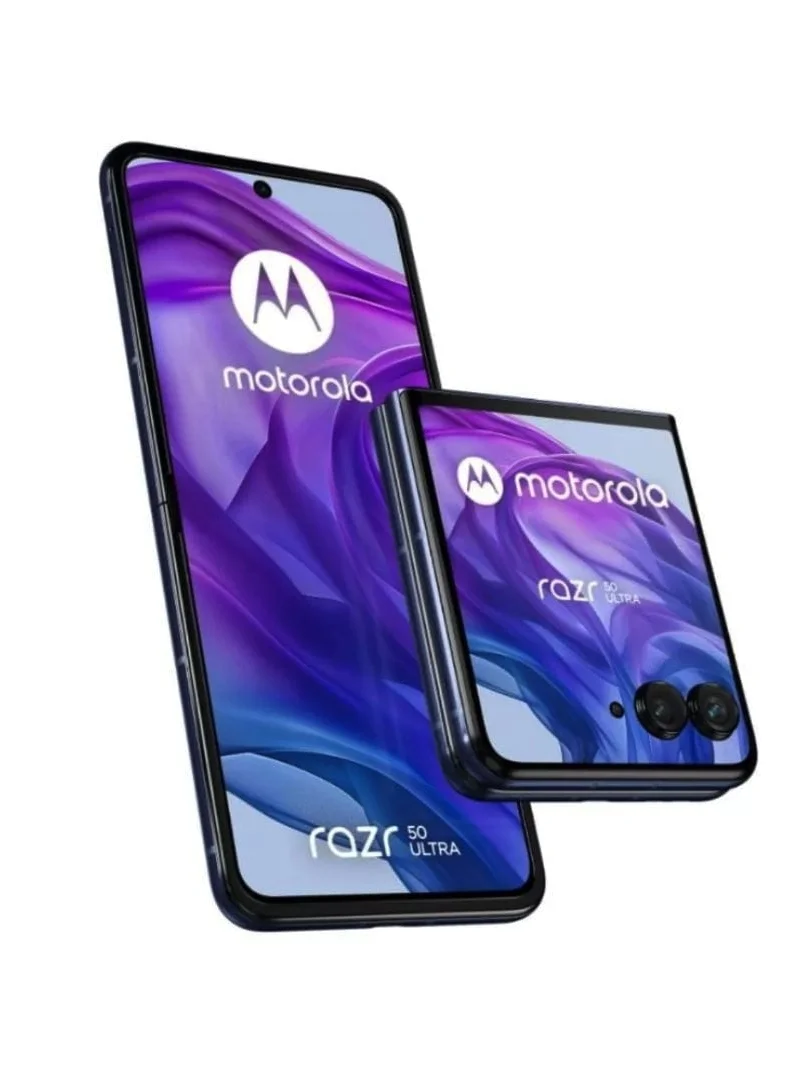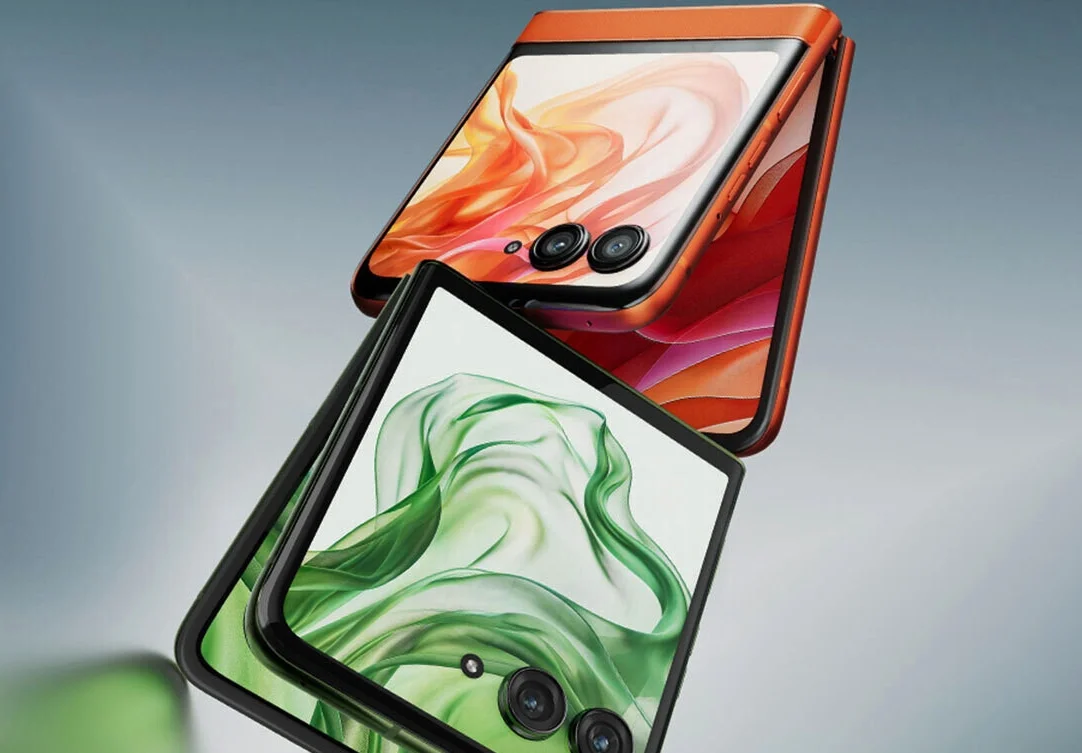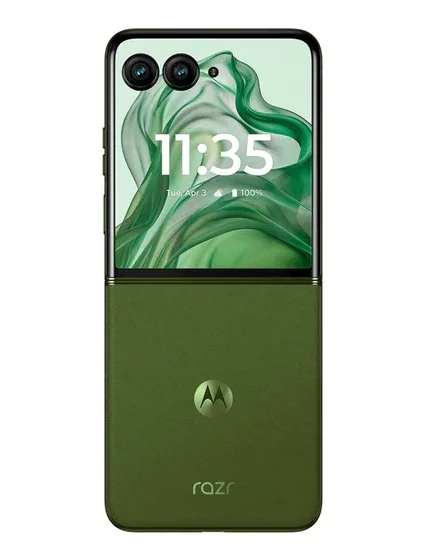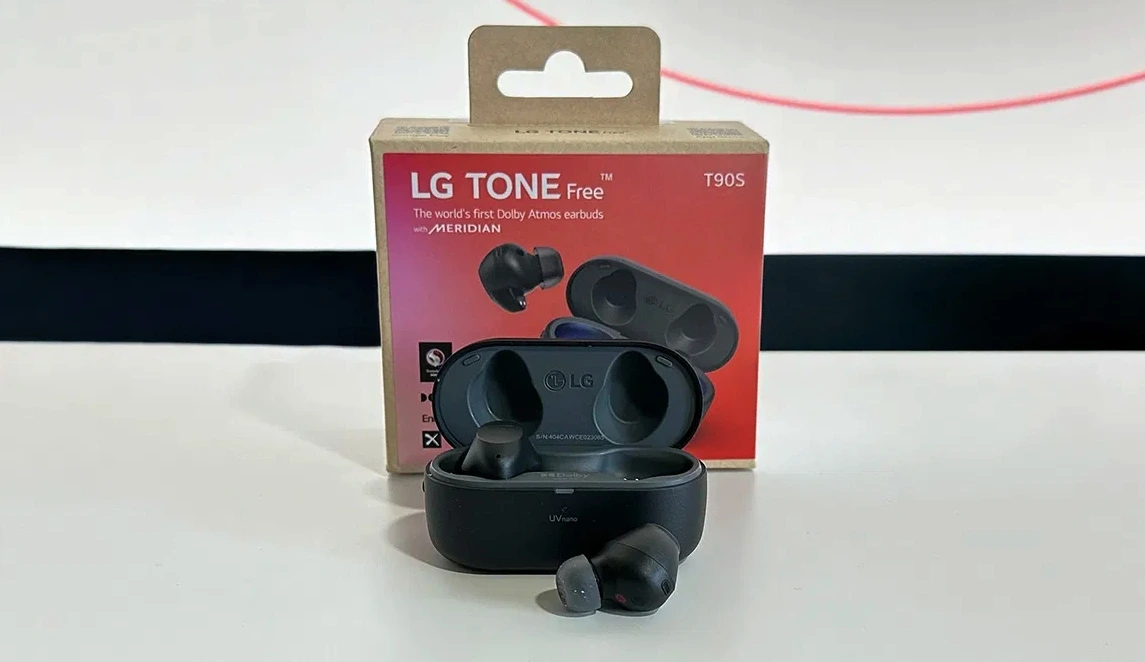The fourth generation of the Motorola Razr with a folding screen does not fix some of the problems of previous generations, it just becomes the folding cell phone that is like a seashell.
We are in the summer of the folding mobile. Never before have we seen so many of these types of mobile available worldwide and Motorola, now in its fourth generation, has nailed its Motorola Razr 50 Ultra.
There are many folding cell phones, but in a clamshell format that open in half and the internal screen is taller than it is wide, Motorola has managed to play with a list of good features, an excellent design and, in addition, functions that make it useful in everyday life.
It is not the most customizable or feature-packed Android version, but Motorola, which has been doing particularly well lately in Europe, knows that it is going through a good moment and with the Razr 50 Ultra it has excelled.
I’ve been using this Motorola Razr 50 Ultra for more than two weeks and I have no doubt that, when it comes to clamshell-type folding phones, even having tried the newest ones from other brands, this Razr gets all my praise. Obviously, that doesn’t mean it doesn’t have its problems, there’s no such thing as the perfect mobile, so read on to find out if this Razr 50 Ultra is worth paying the 1,200 euros they’re asking for it.
A nice, light, foldable with good screens and easy to use

I must admit that when it comes to folding devices, I am one of those who prefer the book format to the clamshell. At least that’s what I thought until I thoroughly tested the Razr 50 Ultra. I still believe that the book format is more useful, but I am beginning to understand the benefits of “flip” devices.
The design of the Motorola Razr 50 Ultra is quite simple for what is a folding mobile of this type. But this mobile really stands out for one thing: its huge 4-inch front screen which, in this generation, is larger, almost touching the edges.
The right side has the volume buttons and the power button, which is also a fingerprint reader, a button panel that I think is too high up when the phone is open. The left side has a SIM card slot, the bottom has the USB-C connector and speaker and on the top, when closed, you have the hinge, which Motorola has redesigned in this generation to make it smaller and so that it can be positioned at any angle.
It is a very nice phone, with a vegan leather back, which also maintains something unique to Motorola, a pleasant smell when you open the box, so it doesn’t smell like plastic. Is it relevant? Not at all. But there you have that detail.
I was saying that the design stands out for its front screen, which is larger and occupies the entire front. Now more than ever, you are going to see yourself using it much more on the front screen because, in essence, you can open all the apps on this screen. It’s not the best, because the apps are not adapted, but they are usable.
The two main cameras are integrated into the screen as in the Motorola Razr 40 Ultra and, finally, we have a big improvement over last year, IPX8 resistance for a foldable mobile, which is not easy at all. Therefore, it can withstand water to a certain extent, but not dust or sand, the number one enemy of the hinge.
The external screen is the best thing about this phone, but the internal one is not far behind
It’s funny, but on the Motorola Razr 50 Ultra the most outstanding feature is the external screen, not so much the internal one. Good for Motorola for giving more love to this screen, which we already liked in the previous generation, but which is now bigger and has more compact edges.
This external screen, with a 4-inch LTPO OLED panel, has a higher brightness level, as well as dynamic refresh and, for some reason, Dolby Vision support. You simply can do more with this external screen.
You can open all the apps you have installed, although of course, they are much more compact, so some will not be very useful, but others, such as Google Maps, the camera, Calendar or even Gmail, work very well. Motorola even has a special version of Spotify with a special design for this screen. Of course, when you need the keyboard, practically everything in that app will be covered.
The internal screen, 6.9 inches, repeats the taller-than-usual screen format typical of these phones, an aspect ratio of 22:9. It has an OLED panel with a dynamic refresh rate of 165 Hz (which you can change to 60 Hz in Settings), support for HDR10+/Dolby Vision and a peak brightness of 3,000 nits, although the usual is to achieve a maximum brightness of 1,300 nits.
One of the details of folding phones is the crease, and in this Motorola Razr 50 Ultra it is noticeable where it folds. Other brands, such as Oppo/OnePlus, have already solved this with devices such as the OnePlus Open.
This mobile does not fail in terms of connectivity either. In mobile networks it has 5G, as well as Wi-Fi 7 and Bluetooth 5.4, therefore, the latest versions of connectivity and that is a “very good sign”.
Stable performance, without reaching the high end and with an almost “clean” Android 14

Although the choice of the Snapdragon 8s Gen 3 processor is obviously to give the mobile the possibility of using artificial intelligence, the improvement in the overall performance of the mobile cannot be much different from the previous version with its Snapdragon 8+ Gen1.
Indeed, it is perfectly fluent when it comes to opening applications, moving through menus and elements, as well as opening applications that have been in the background for a long time.
The performance experience is very good and a lot of this has to do with the fact that it now has twice as much RAM. This new processor also helps to use less energy, but without a doubt, although it is not the fastest or most graphically efficient processor, I don’t think anyone will have any problems using it in their day-to-day life.
Even at a graphical level, it gives good results in those more demanding games, such as Arena Breakout, Call of Duty: Mobile, PUBG Mobile or even Genshin Impact.
As for Motorola’s Android, I admit that I like Android versions the simpler the better. Although of course, with some customization or proprietary software to give it more value.
Motorola uses a layer called Hello UI which, honestly, the most remarkable thing is that it uses a more rounded typeface than the Android 14 standard, otherwise the elements are more or less the Android experience that comes out of Google (AOSP).
Motorola promises 3 versions of Android and up to 4 years of security updates for this Motorola Razr 50 ultra.
Something that is not often seen nowadays is how little bloatware this Motorola has, although it does have some, such as the Opera browser. Also, curiously, it is the first mobile phone I have tested that already has the Gemini application installed.
In terms of customization, I wouldn’t say it’s the most capable phone. It includes the creation of wallpapers with generative AI, but it’s a Google software trick integrated into Android that we’ve seen in other phones. The most noteworthy are the gestures, such as shaking it to turn on the flashlight, or moving it from side to side to open the camera.
The necessary camera updates, although it needs to improve the speed

Motorola has given the cameras on the Razr 50 Ultra a makeover. It now has a 50-megapixel f/1.8 main camera from Samsung, while they’ve ditched the ultra-wide angle for a 2x telephoto with a 50-megapixel f/2.0 sensor. The front camera is 32-megapixel f/2.0.
Main wide-angle camera 50 Mpx (Samsung ISOCELL GN8), f/1.8, 25mm, 4K video recording at 60 FPS
32 px selfie camera (Omnivision OV32B) 25mm, f/2.0, 4K video recording at 60 FPS
The great thing about this phone is that the external screen is perfect for taking selfies with the 50-megapixel main camera, so it will be rare that you use the lower-resolution internal one for those group selfies.
Being a flip phone, you have the typical camera tricks, like putting it in tripod mode to take a photo or “video camera” mode by holding the middle of the phone while the screen is at a 90º angle.
Daily photography with the main camera is quite good. The new 50-megapixel camera is a good upgrade and the exposure, as well as the color details, are quite similar to what I see in real life. No extreme saturation, no blown-out areas. Good photos with good lighting conditions, although for some reason Motorola phones tend to give a greenish cast to the image processing.
Bear in mind that the camera takes photos at 12.5 megapixels by default, you can take them at full size, but it’s not really necessary unless you’re going to do something special with them.
But it is with the second camera, the 50-megapixel, 2x telephoto lens where I see more problems. The image quality is good, essentially the same sensor, but a 2x magnification, at this stage in mid-2024, is really poor and almost unnecessary.
And when it comes to video recording, the Razer 50 Ultra can record video in 4K at 60 FPS with both sensors, as well as in HDR10+. It has video stabilization, which, while it does the job, is not the best system we have seen, although it is quite good for this category of smartphone.
The final quality is good in favorable light conditions, although it does not have the best resolution and there can be added noise in certain circumstances.
Better performance, almost the same battery life, but more than a day of use
With a 4,000 mAh battery and a processor like the Snapdragon 8s Gen 3, I had my doubts as to whether this Razr 50 Ultra would be able to achieve.
Taking into account my daily use, as a personal mobile and for work where notifications are, unfortunately, constant and the use of the camera, GPS or streaming applications is non-stop, I can confirm that with extreme use the battery lasts until the end of the day without any problem.
The increase in battery is minimal compared to the previous generation, but the change in processor is significant. That’s why the fact that this mobile phone can handle a stressful working day, with two screens, is excellent news.
As for charging times, the battery is 4,000 mAh and the maximum charging speed is 45 W. But it also has 15 W wireless charging and 5 W reversible cable charging.
You can have the battery 100% charged with a compatible charger in about 50 minutes. Of course, as is often the case with this type of fast charging, most of the battery will be charged in less time, but to ensure battery longevity, that last part charges quite slowly.
The Motorola Razr 50 Ultra is an interesting flip phone

We are in the summer of the flip phone. Never before have we seen so many of these types of phones available worldwide and Motorola, now in its fourth generation, has made its Motorola Razr 50 Ultra one of the best flip phones around and, without doubt, one of the best that I have ever held in my hands.
There are many folding cell phones, but in a clamshell format that open in half and the internal screen is taller than it is wide, Motorola has managed to play with a list of good features, an excellent design and, in addition, functions that make it useful in everyday life.
It is not the most customizable or feature-packed Android version, but Motorola, which has been doing particularly well lately in Europe, knows that it is going through a good moment and with the Razr 50 Ultra it has excelled.
I’ve been using this Motorola Razr 50 Ultra for more than two weeks and I have no doubt that, when it comes to clamshell-type folding phones, even having tried the newest ones from other brands, this Razr gets all my praise. Obviously, that doesn’t mean it doesn’t have its problems, there’s no such thing as the perfect mobile, so read on to find out whether or not this Razr 50 Ultra is worth paying the 1,200 euros they’re asking for it.



